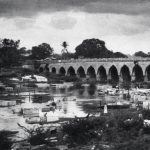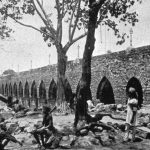Location
The Puranapul spans across the river Musi at Masjid e Miyan Mishk at Karwan and connects to Hussaini Alam and Bahadurpura.
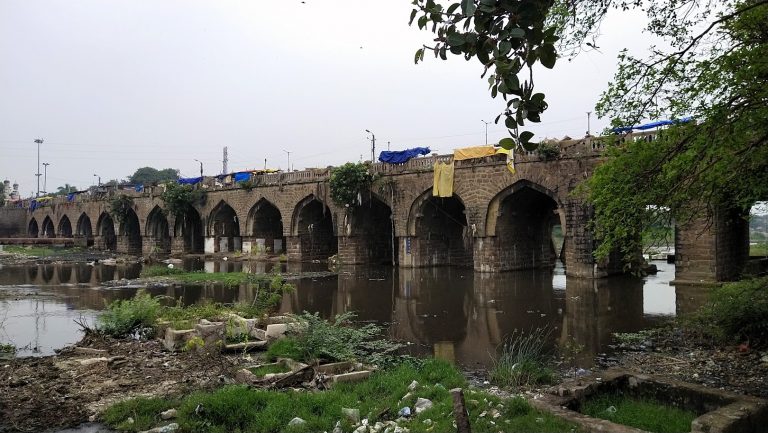
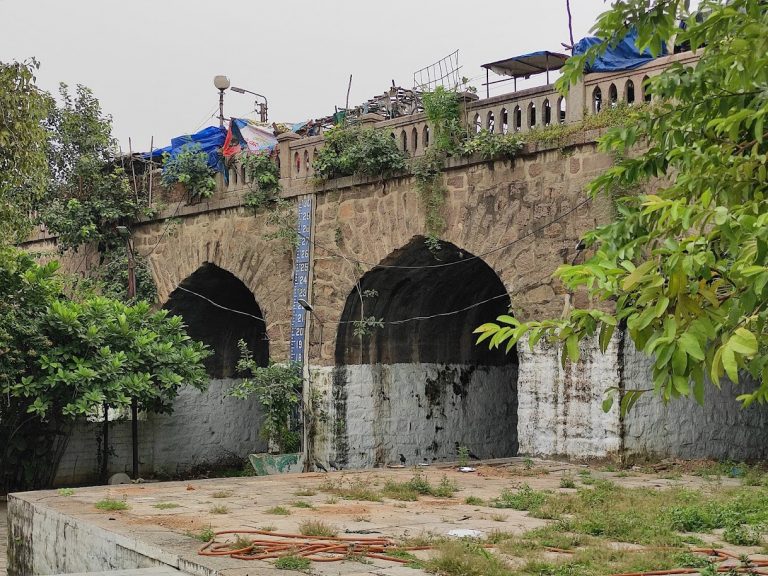
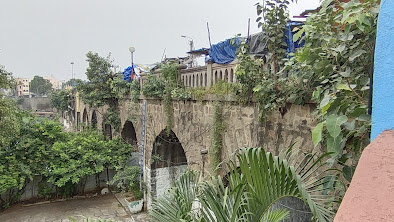
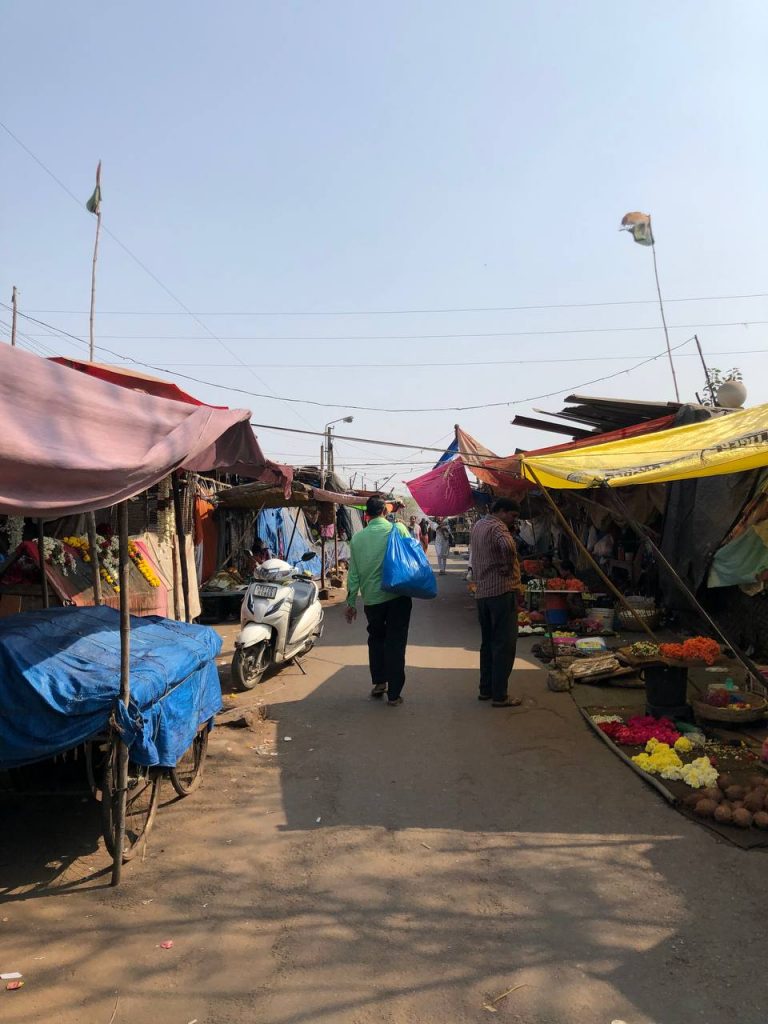
Description
The Puranapul, literally meaning Old Bridge, was built in the year 1578 by Ibrahim Quli Qutb Shah, the fourth sultan of the Qutb Shahi dynasty. Fourteen years previous to the foundation of the new city of Hyderabad, this bridge was constructed to aid travelers crossing the Musi on the Golconda-Machilipatnam highway. The bridge was called Sirat e Mustakheem (the straight path) or the Pul-e-Narva in the Qutb Shahi period. The bridge was damaged several times during floods in 1620s, 1820s and finally in 1908.
A stone inscription, now placed on the Puranapul Darwaza, mentions the repairs to the bridge during the reign of Sikander Jah under the premiership of the Diwan Chandulal. The bridge has a row of 22 arches and took 8 months to build at an expenditure of 1 lakh huns in 1578 according to Tuzuk-e-Asafia.
Existing Condition
The super structure of the Puranapul is constructed with rough ashlar masonry and traces of mortar can be seen to fill the joints. The damaged railings of the Puranapul were replaced with pierced ashlar railings after the 1908 floods. A vegetable market now occupies the historic bridge and is completely for pedestrian use.
References
Gulzar e Asafia
Bilgrami, Syed Ali Asghar. Landmarks of the Deccan, 1927.
Contributors
NIUM

